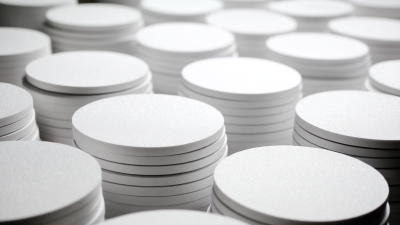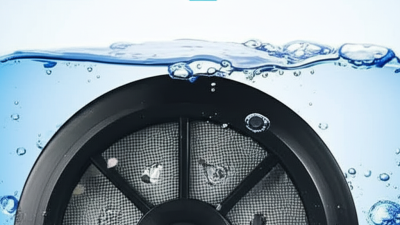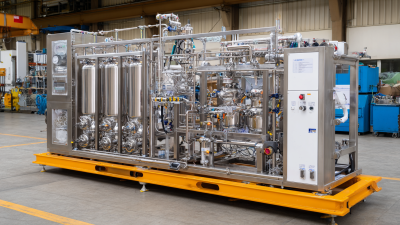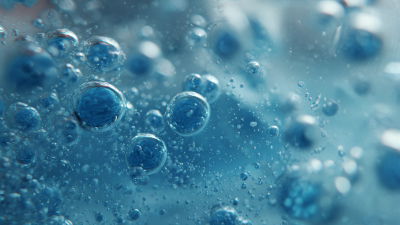 +86 13600513715
+86 13600513715



When selecting the appropriate Tube Diffuser for your aquatic systems, understanding the intricacies of this critical component is essential for optimizing water quality and enhancing overall system efficiency.
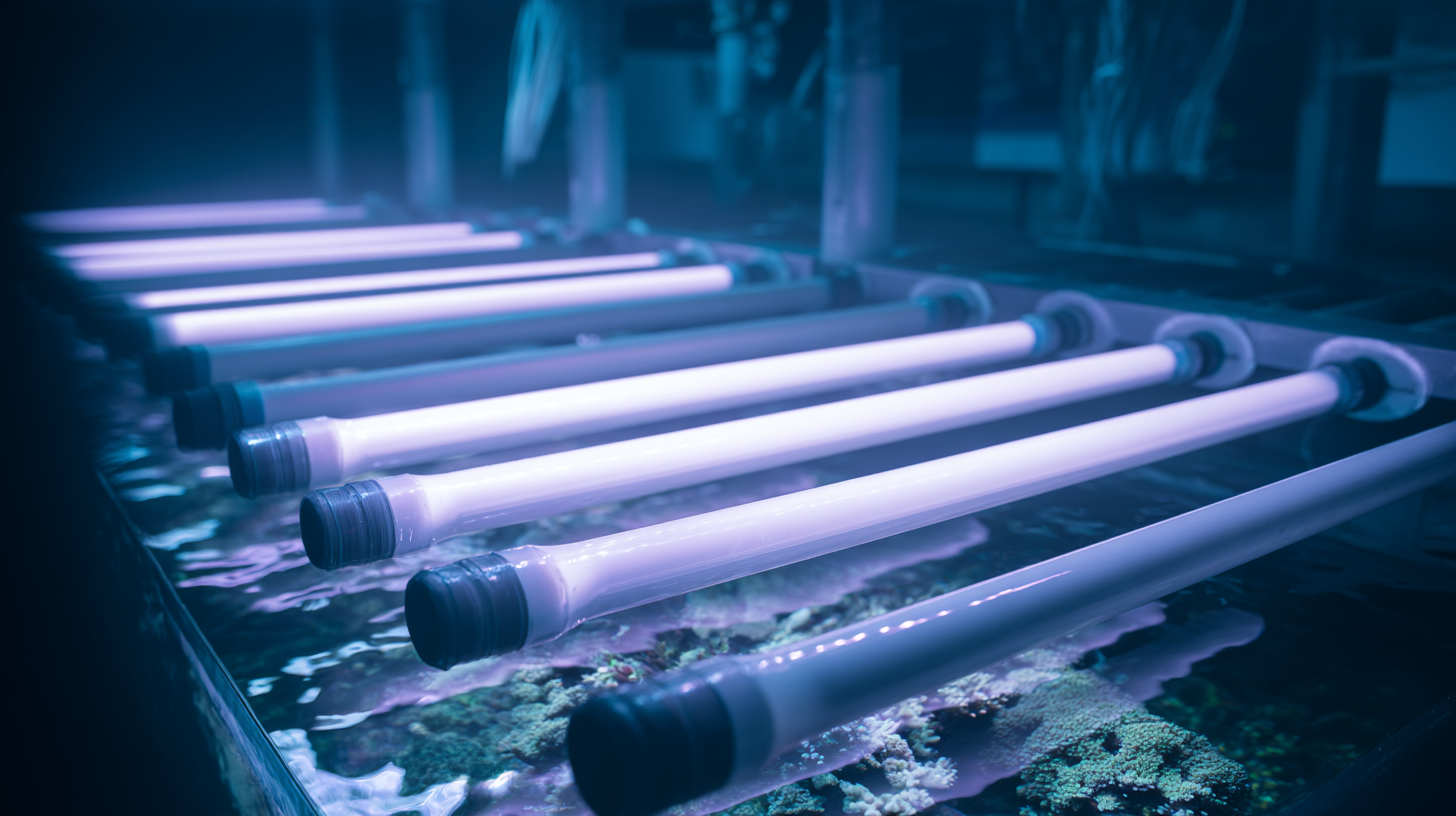 Tube Diffusers, known for their ability to deliver fine bubbles and improve oxygen transfer rates, have become increasingly popular in various applications, from wastewater treatment plants to aquaculture systems.
According to industry reports, the global demand for effective aeration solutions is expected to grow by 6.5% annually, driven by the increasing need for sustainable practices and the efficiency of oxygen diffusion in aquatic environments. Choosing the right Tube Diffuser not only impacts operational costs but also aligns with environmental standards and boosts system performance.
Thus, this guide will explore key considerations and technical specifications necessary for making an informed decision.
Tube Diffusers, known for their ability to deliver fine bubbles and improve oxygen transfer rates, have become increasingly popular in various applications, from wastewater treatment plants to aquaculture systems.
According to industry reports, the global demand for effective aeration solutions is expected to grow by 6.5% annually, driven by the increasing need for sustainable practices and the efficiency of oxygen diffusion in aquatic environments. Choosing the right Tube Diffuser not only impacts operational costs but also aligns with environmental standards and boosts system performance.
Thus, this guide will explore key considerations and technical specifications necessary for making an informed decision.
When selecting a tube diffuser for your aquatic systems, it's essential to understand the various types available and their suitability for specific applications. Tube diffusers primarily come in three categories: ceramic, membrane, and plastic. Ceramic diffusers are renowned for their fine bubble production, which enhances oxygen transfer efficiency, reaching up to 30% higher rates compared to coarser alternatives, according to a study by the Journal of Water Resources. This makes them ideal for aquaculture systems where maximizing oxygen levels is critical for fish growth.
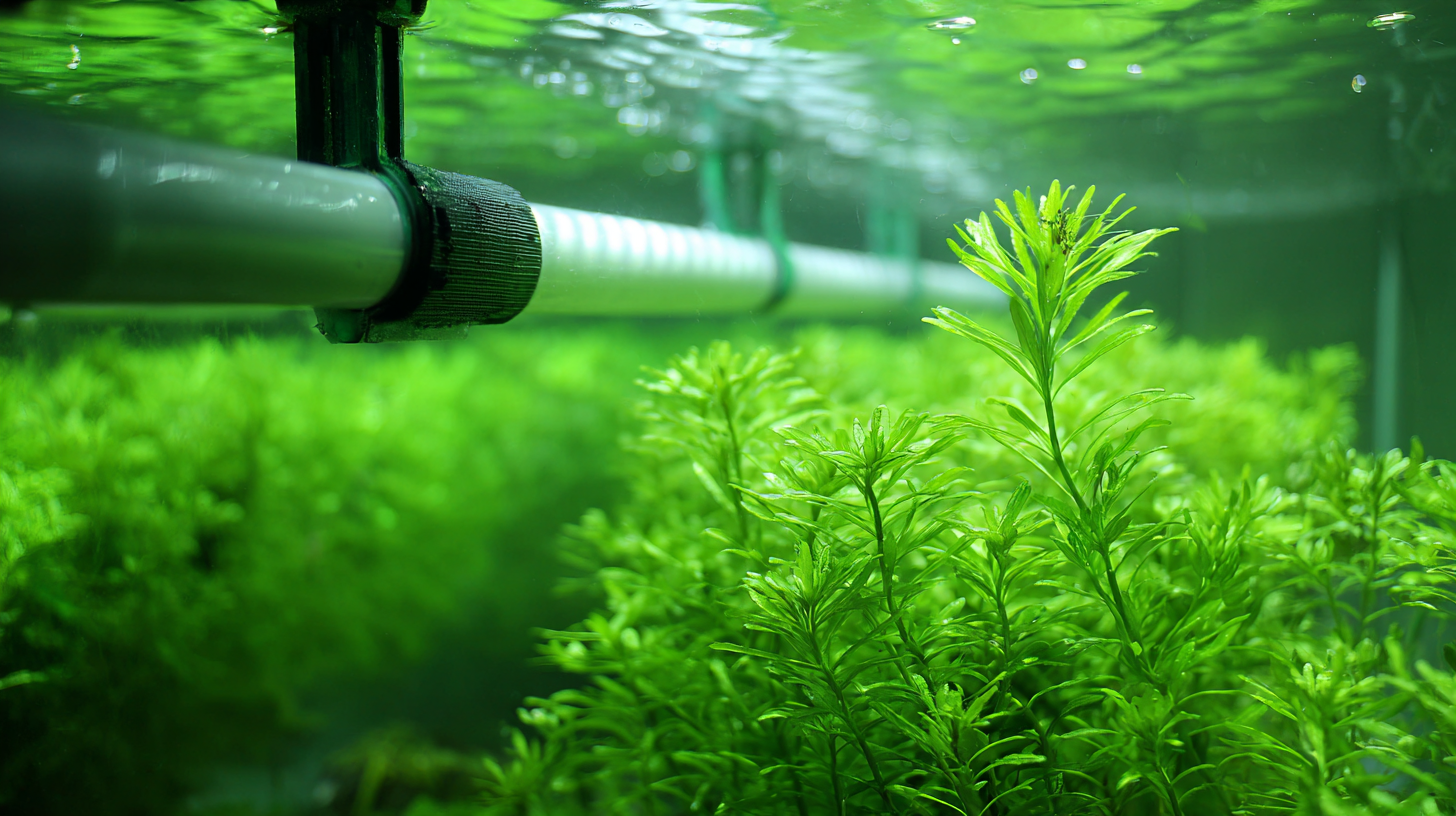
Membrane diffusers, on the other hand, are preferred for their flexibility and ease of maintenance. They can efficiently handle varying flow rates and are often used in municipal wastewater treatment facilities. Data from the American Society of Civil Engineers indicates that membrane diffusers can reduce energy consumption by up to 20% compared to traditional systems, highlighting their cost-effectiveness and efficiency in operational performance. Lastly, plastic diffusers are valued for their durability and lower initial costs but may not achieve the oxygen transfer rates of ceramic options. By considering these differences, aquatic system operators can make informed decisions tailored to their specific needs.
When selecting a tube diffuser for your aquatic systems, several factors come into play to ensure optimal performance. First, consider the size and type of your system. Larger tanks or ponds may require diffusers with higher output capabilities to adequately aerate the water. Understanding the volume of your aquatic system helps you select a diffuser that matches its specific needs and prevents under- or over-aeration.
Another crucial factor is the material and design of the diffuser. High-quality materials resist corrosion and enhance durability, essential for long-term use in wet environments. Additionally, the design affects how the diffuser operates; finer pores can produce smaller bubbles for better oxygen transfer, while larger ones may be suitable for systems where increased water movement is desired. Choosing the right design also depends on the aesthetic and functional aspects of your setup, so consider how the diffuser will fit within your overall aquatic environment.
| Factor | Description | Importance Level (1-5) |
|---|---|---|
| Material | Consider the durability and chemical resistance of the materials used in the diffuser, such as PVC or silicone. | 5 |
| Bubble Size | Choose a diffuser that produces the appropriate bubble size for your aquatic system, affecting oxygen transfer efficiency. | 4 |
| Flow Rate | Verify that the diffuser can handle the specific flow rate of your pump to avoid performance issues. | 5 |
| Size and Installation | Ensure that the size of the diffuser fits well within your system and is easy to install. | 4 |
| Maintenance | Consider how easy it is to maintain and clean the diffuser to ensure long-lasting performance. | 3 |
| Cost | Evaluate the price of the diffuser against its quality and features, balancing performance with budget. | 4 |
When selecting a tube diffuser for aquatic systems, the choice of material is crucial for optimizing performance. Common materials include PVC, silicone, and ceramic, each offering distinct advantages and drawbacks.
PVC is widely used due to its durability and cost-effectiveness, making it an excellent choice for larger setups. However, its rigidity might limit its adaptability in certain applications, which can be a drawback when flexibility is needed.
Silicone diffusers, on the other hand, are loved for their flexibility and ability to perform well at varying flow rates. They can conform to different shapes and sizes, making them suitable for custom or space-constrained setups. However, they may be less durable over time compared to more rigid materials.
Ceramic diffusers are known for providing fine bubbles and enhanced oxygen transfer, ideal for aquaculture. Yet, they typically come at a higher price point and may require more maintenance due to their fragility. Evaluating these materials’ pros and cons is essential in finding the right tube diffuser tailored to specific aquatic system needs.
When choosing the right tube diffuser for aquatic systems, assessing its performance and efficiency is crucial. One key factor impacting performance is the relationship between biofilm growth and aeration efficiency. Recent research shows that as biofilm concentration increases, the aeration efficiency of fine-pore diffusers can diminish significantly. This underscores the importance of selecting a diffuser that not only meets efficiency standards but also minimizes biofilm accumulation, ensuring optimal oxygen transfer in activated sludge processes.
Furthermore, evaluating the transmission efficiency of light through horizontal light pipes can offer insightful correlations to diffuser performance. By developing a customized method to estimate this efficiency—especially when using various collector designs—operators can better understand how diffuser design impacts overall aeration effectiveness. A well-designed diffuser can enhance light distribution and aeration performance, leading to improved system efficiency in aquatic environments. By focusing on these interconnected performance metrics, one can make informed decisions when selecting tube diffusers for specific applications.
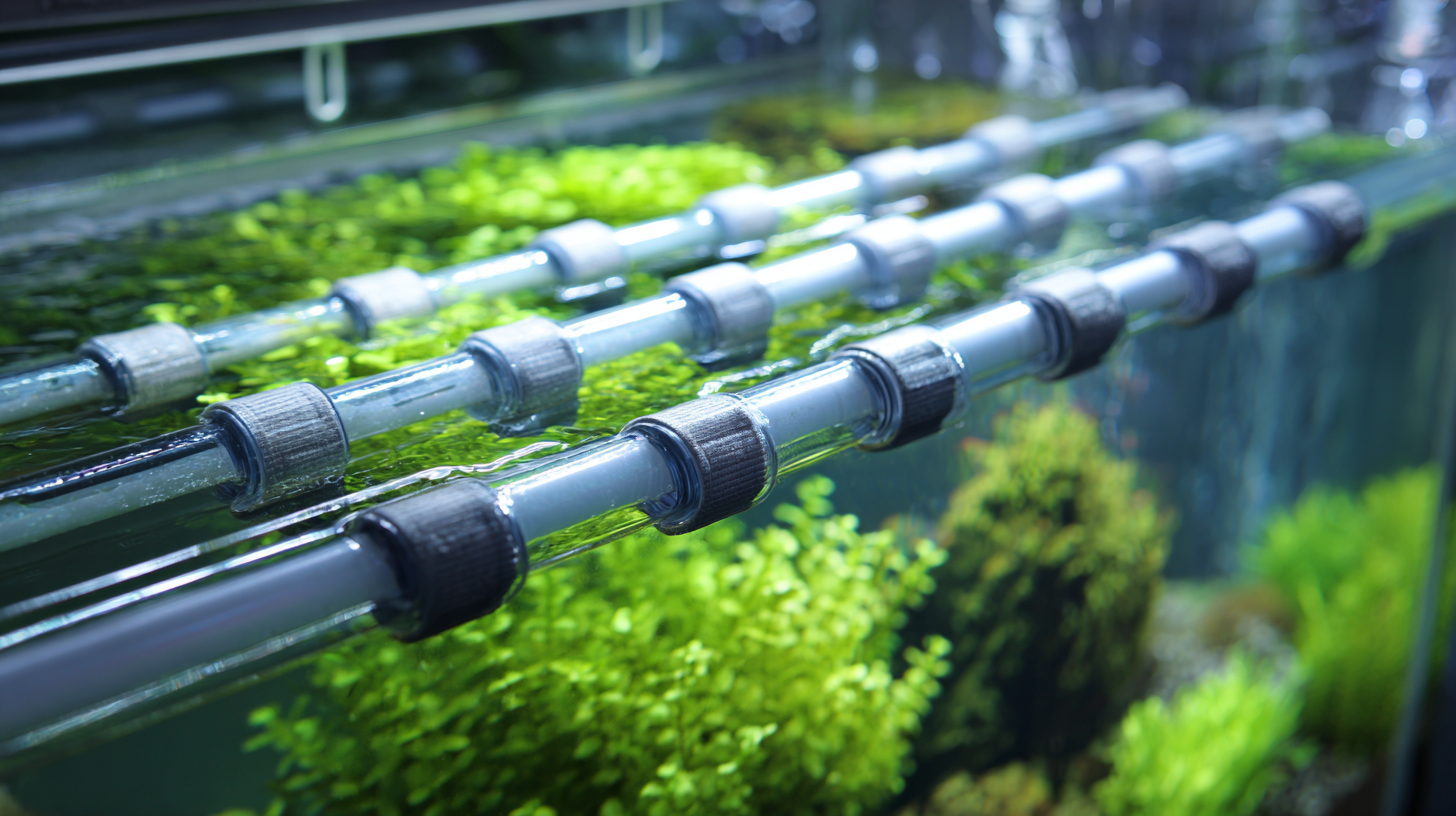
When choosing a tube diffuser for your aquatic systems, proper installation and maintenance are critical for ensuring optimal functionality. Begin the installation process by selecting a location that allows for adequate water movement and oxygen exchange. It's important to secure the diffuser at the right depth, as this will enhance gas exchange efficiency. Regular inspections of the diffuser's placement and connections can help prevent any obstruction or inefficiency over time.
In terms of maintenance, periodic cleaning is essential to remove buildup and ensure a consistent flow of bubbles. Depending on the materials used in your diffuser, use appropriate cleaning agents that won’t damage the structure. Additionally, check the tubing for any wear and replace it as needed to maintain optimal air flow. Keeping the diffuser and surrounding areas free from debris will also aid in maintaining its performance and prolong its lifespan, ensuring that your aquatic system remains healthy and vibrant.

